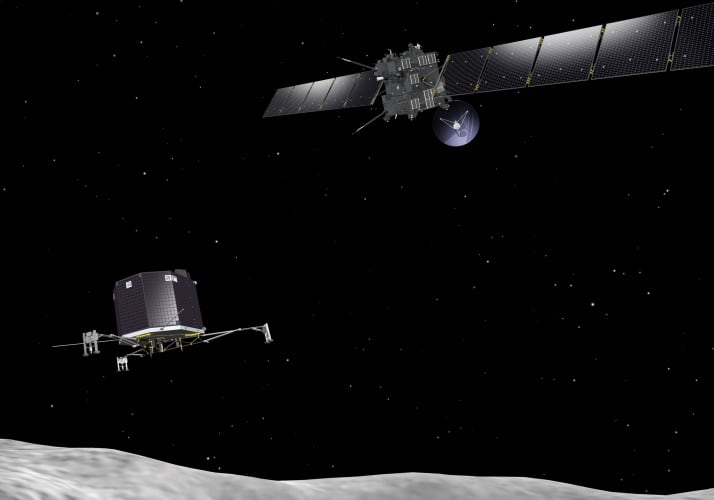Although beset with problems, bounces, too much shade and appalling fashion sense, last week’s landing of the robotic probe Philae on Comet 67P/Churyumov-Gerasimenko was an astounding achievement which truly seemed to capture the public’s imagination. We are now waiting for the analysis of the data that Philae collected on the comet, while the orbiting Rosetta probe will remain with the comet while it reaches its closest point to the sun next year.

We have assembled a panel of experts to answer readers’ questions on Rosetta mission, the Philae lander and the technologies that went into the mission. Our panel includes:
• Engineers from Airbus Space and Defence, who built the orbiter and lander;
• Engineers from the European Space Agency, who defined and controlled the mission;
• Nick James of BAE Systems, who led the team which developed the IFMS system that handled communications between Rosetta, Philae and Mission Control;
• Chris Carr of Imperial College, from the team which built Rosetta’s plasma analysis instruments;
• Dan Andrews of the Open University, an engineer on Philae’s Ptolemy gas chromatograph instrument, which is analysing water and other samples from the comet’s surface.
We are no longer accepting questions on this subject. We will publish answers in the next issue of The Engineer as well as here on our website.




Nanogenerator consumes CO2 to generate electricity
Whoopee, they've solved how to keep a light on but not a lot else.